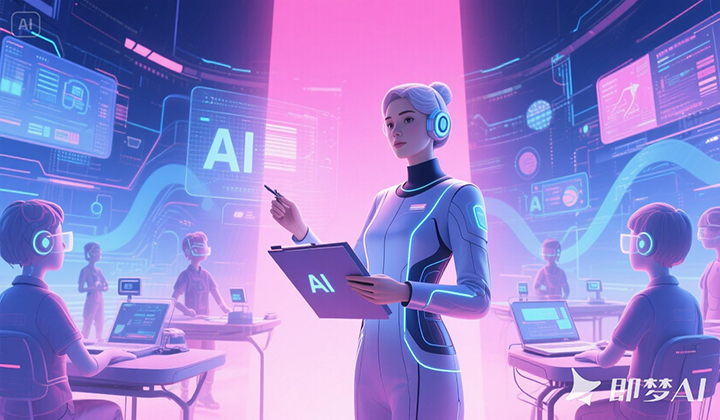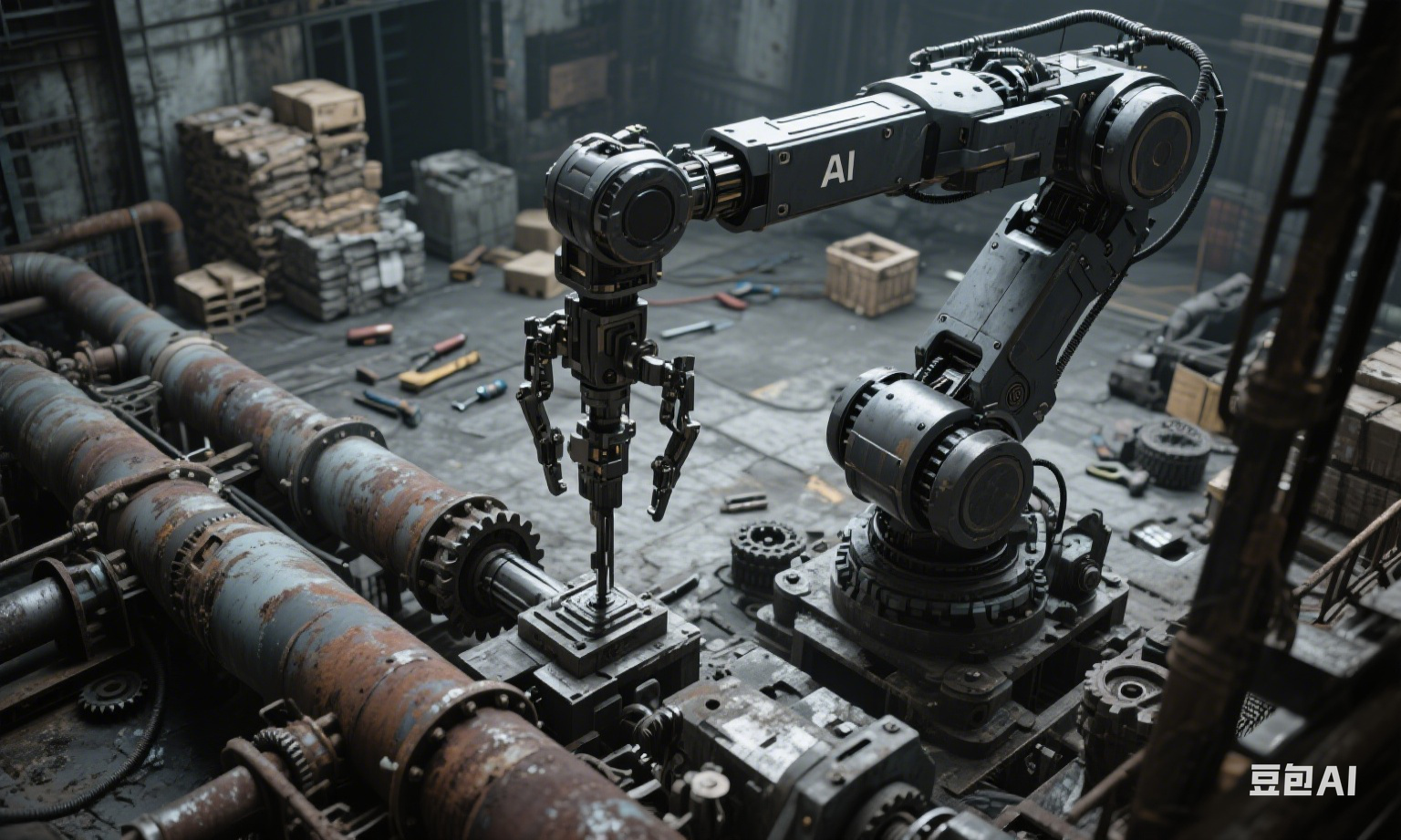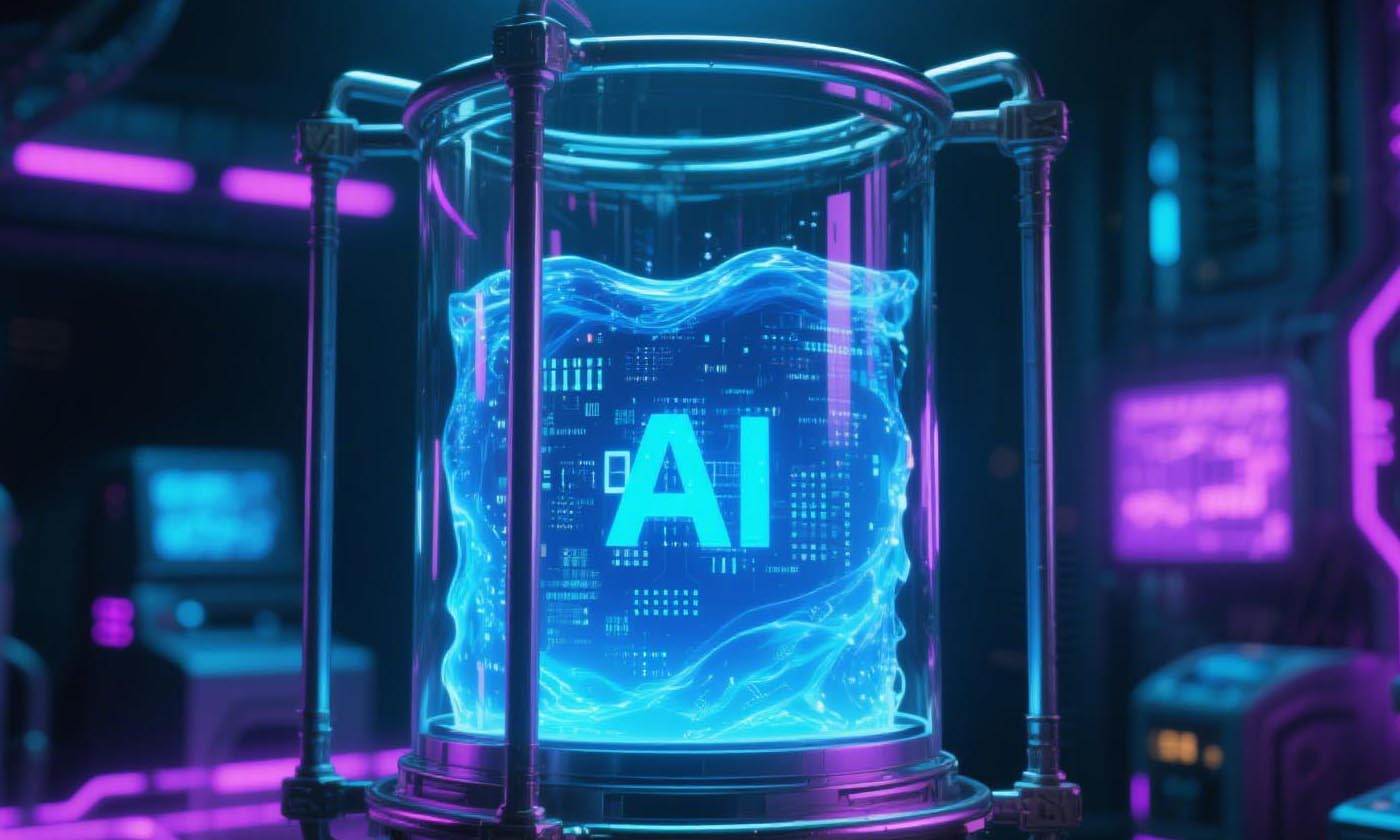What are the cutting-edge technologies in AI
单涡轮马猴烧酒 2025-06-20
Here are some cutting-edge AI technologies and their applications
Here are some cutting-edge AI technologies and their applications:
1. Generative AI
- Use Cases:
- Creates realistic content like text, images, videos, and code (e.g., ChatGPT for writing, DALL-E for image generation).
- Enables personalized marketing materials, virtual try-on systems (fashion/healthcare), and AI-driven design tools.
- Supports creative industries by automating content ideation and production.
2. Reinforcement Learning (RL)
- Use Cases:
- Powers autonomous systems like self-driving cars (navigating complex environments) and robotics (e.g., Boston Dynamics’ robots).
- Optimizes logistics and supply chains (route planning, inventory management).
- Drives breakthroughs in gaming (e.g., AlphaGo defeating human champions) and resource allocation in energy grids.
3. Neural Radiance Fields (NeRF)
- Use Cases:
- Generates 3D models from 2D images, enabling realistic virtual environments for metaverse platforms and AR/VR.
- Enhances video production (e.g., seamless background replacement in films) and architectural visualization.
- Enables 3D telepresence and immersive remote collaboration tools.
4. Edge AI
- Use Cases:
- Runs AI models directly on local devices (phones, IoT sensors) for real-time processing (e.g., facial recognition in security cameras).
- Reduces latency in critical applications like autonomous vehicles and remote surgery.
- Conserves bandwidth and ensures data privacy by minimizing cloud dependency.
5. Multimodal AI
- Use Cases:
- Connects text, images, audio, and video to enable complex tasks (e.g., Google’s Multimodal Gemini understanding both speech and visual inputs).
- Enhances accessibility tools (real-time sign language translation with video and text).
- Drives advanced customer service via chatbots that process voice, text, and visual queries simultaneously.
6. Quantum Machine Learning (QML)
- Use Cases:
- Solves complex optimization problems (e.g., drug discovery, financial modeling) far faster than classical computers.
- Develops more efficient AI algorithms by leveraging quantum parallelism.
- Aids in simulating quantum systems for materials science and cryptography.
7. AI in Healthcare
- Use Cases:
- Medical image analysis (detecting tumors in MRI scans with tools like Google Health’s DeepMind).
- Drug discovery (accelerating molecule design via platforms like AlphaFold).
- Personalized treatment plans and predictive analytics for patient outcomes.
8. Autonomous Robotics
- Use Cases:
- Industrial automation (cobots working alongside humans in factories).
- Healthcare robotics (surgical robots for minimally invasive procedures).
- Disaster response (search and rescue robots navigating dangerous terrain).
9. AI-Driven Cybersecurity
- Use Cases:
- Detects and mitigates advanced threats (e.g., phishing, malware) through behavioral analysis.
- Predicts security vulnerabilities and automates incident response.
- Protects critical infrastructure (energy grids, financial systems) from cyberattacks.
10. AI for Climate Science
- Use Cases:
- Models climate patterns to predict extreme weather events and optimize resource management.
- Develops sustainable solutions (e.g., AI-optimized energy grids, carbon capture technologies).
- Analyzes satellite data to monitor deforestation and ecosystem health.
These technologies are reshaping industries by enhancing efficiency, enabling innovation, and solving complex problems that were previously intractable. Their cross-disciplinary applications continue to expand, driving breakthroughs in science, engineering, and daily life.
What are the advantages and disadvantages of generative AI?
How does reinforcement learning differ from other machine learning techniques?
Can you provide more examples of AI applications in healthcare?












